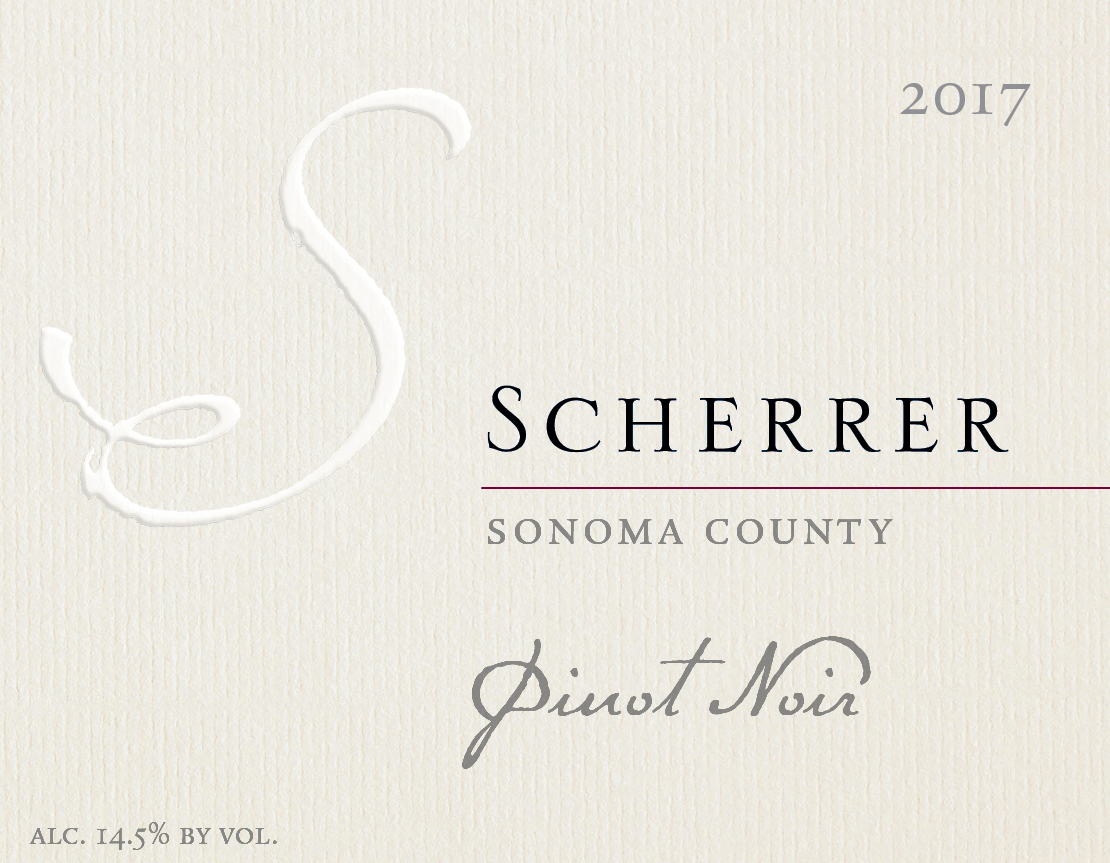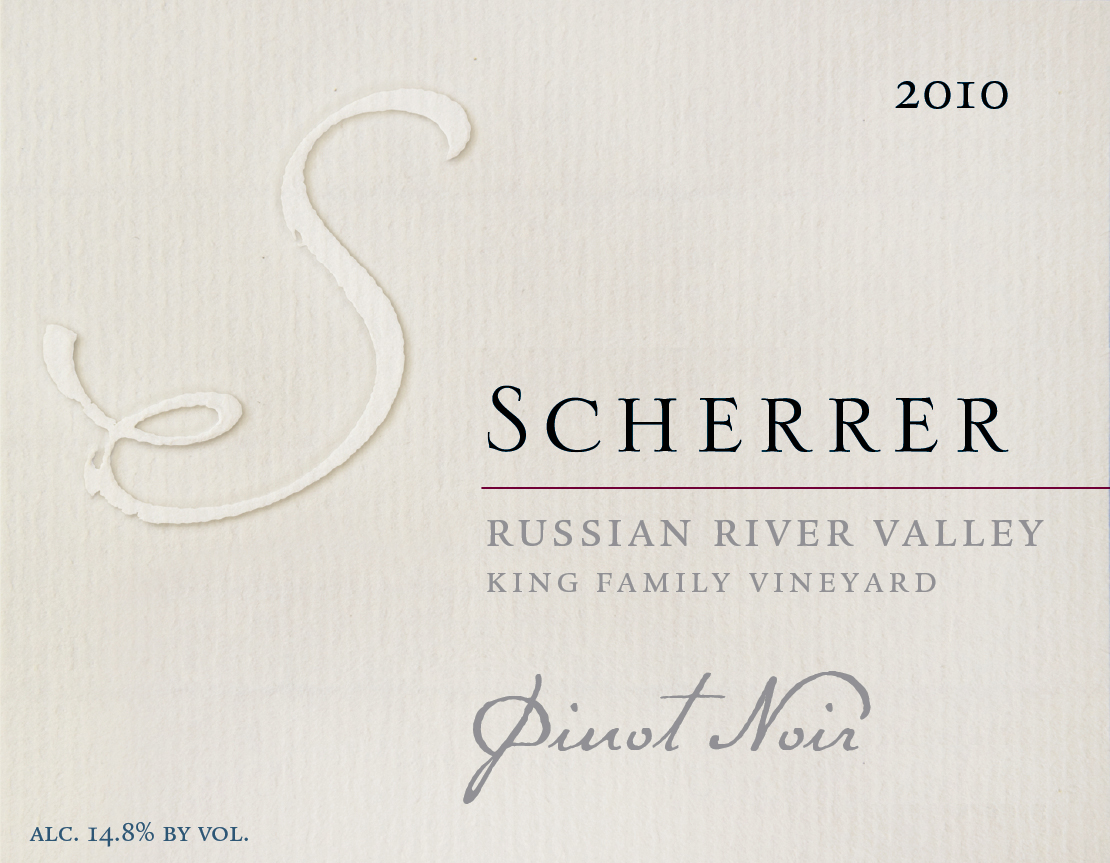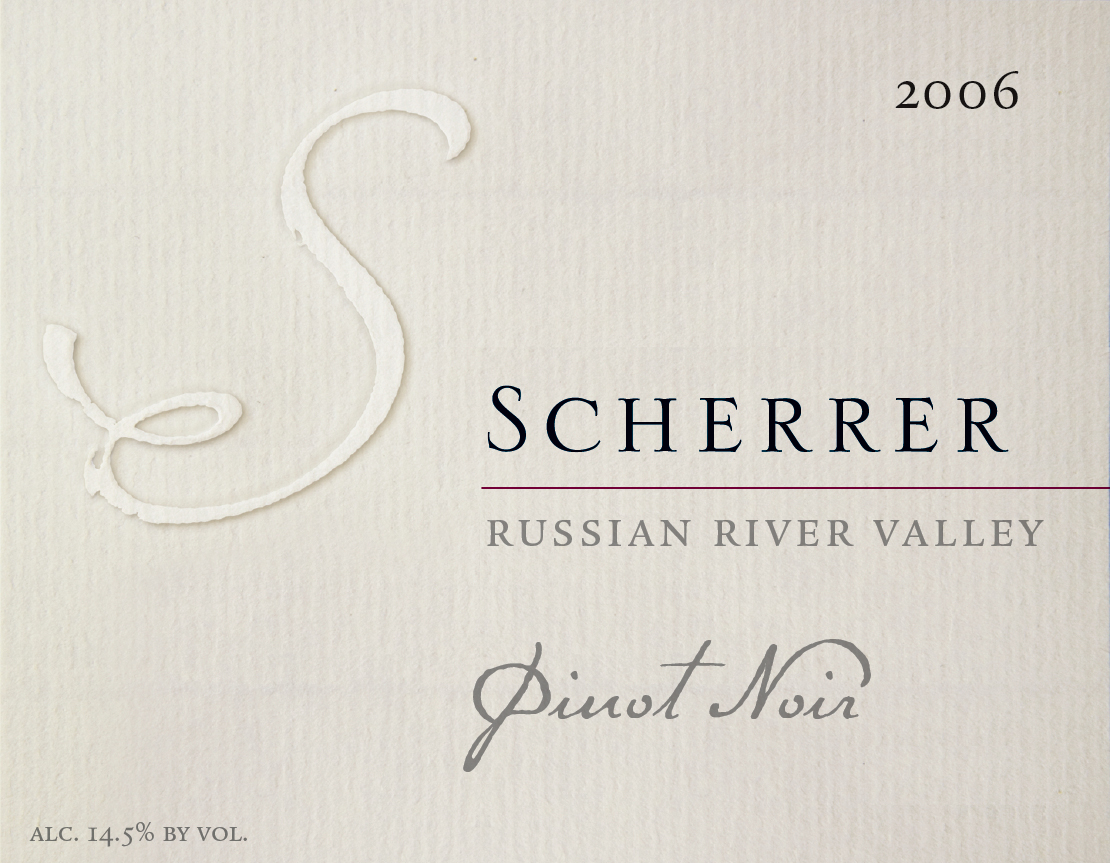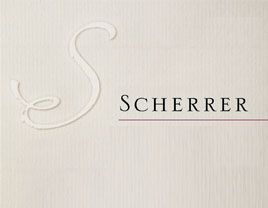Winemaker's Notes
This is one of our first 2017 Pinot Noir bottlings released from this vintage. It was a good season with two difficulties which we completely avoided: early September heat and late October fires. Since I like to harvest on the earlier side of our ‘window’, when the weather is warmer than usual and things move faster than normal, we still end up with fruit harvested within ‘the window.’ As I have very good long-term relationships with the vineyards we buy fruit from and with the vineyard management companies we have crossed paths with over the years, I can request and have granted, favors to get fruit picked when it is difficult to find labor. Adapting once again to what nature brings our way.
The Sonoma County Pinot Noir is our entry level Pinot bottling, it hails from mostly Russian River Valley fermentation lots that really don’t display the core Russian River Valley profile and don’t enhance that blend. Instead I bring these lovely parts together to make a seriously delicious Pinot Noir from Sonoma County. Blood orange, beets, a hint of patchouli (yes, we live in Sebastopol after all) are found on the nose. Mouthwatering acidity on entry, good persistence of red fruits and earth on the mid-palate, then comes full-circle to mouthwatering acidity, good grip and nice tang on the finish. This is definitely a food-friendly wine at this early stage as the protein and fat in the food really make the combination come alive. For the chemists out there, the pH’s of a few of our Pinot Noirs (Sonoma county and Russian River Valley, most notably) are the lowest at bottling that they have ever been. This portends long cellaring potential. I think pH for a given site is a function of how much water has moved through the plant. So, when you harvest a little earlier, before a heat spell accelerates other ripening processes, there is less potassium passively moved into the fruit.





